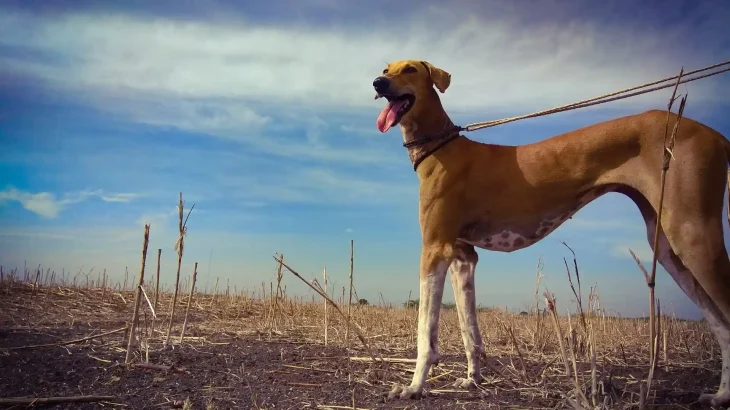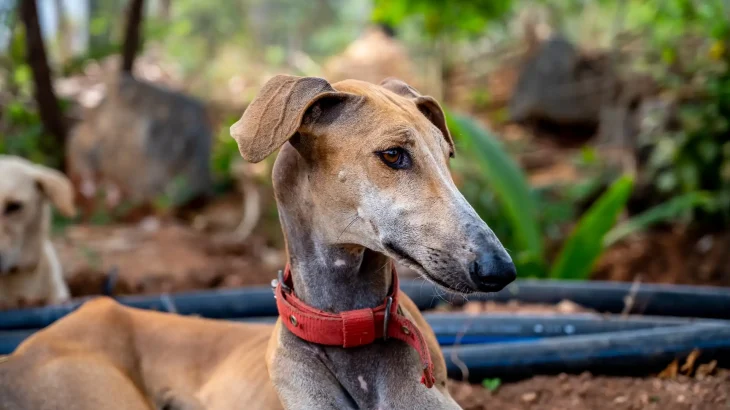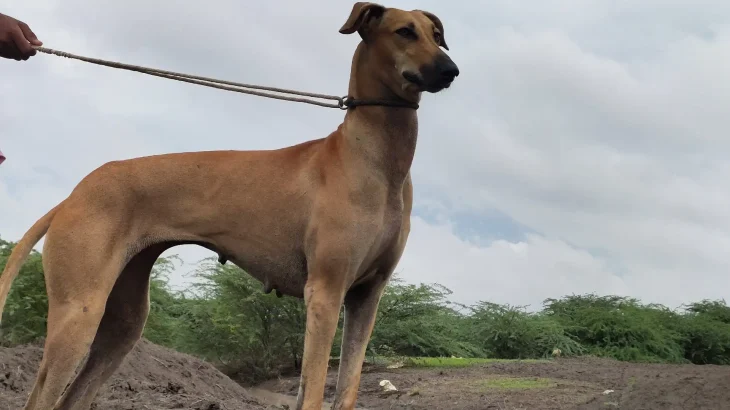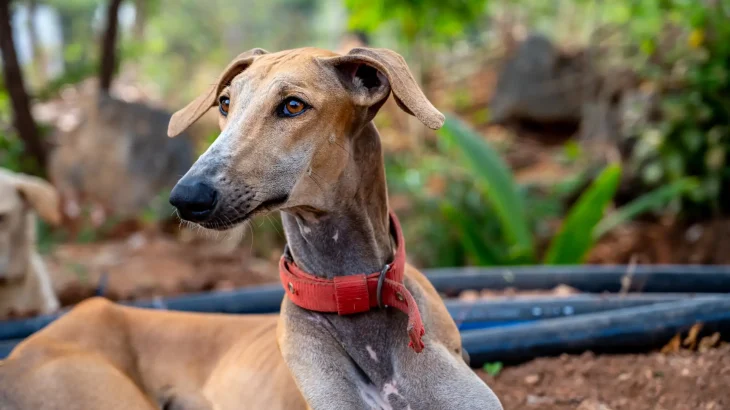When deciding how to welcome a Chippiparai puppy into your home, you might wonder whether adoption or buying from a breeder is better. Each option comes with its own set of considerations around health clarity, cost, and ethical support. Weighing these factors carefully will help you make the choice that fits your lifestyle and values best.
Adoption vs. Breeder: Pros & Cons
| Criteria | Buying from Breeder | Adopting from Shelter/Rescue |
|---|---|---|
| Cost | Typically higher upfront costs as Chippiparais are relatively rare and valued, often reflecting pedigree and breeder reputation. | Usually lower fees than breeders, making it a more budget-friendly option. |
| Health History | Breeders can provide detailed health screenings and family medical history to minimize genetic risks. | Health history may be limited or unknown, but shelters often perform initial health checks and vaccinations. |
| Age Availability | Mostly puppies available, allowing for early training and bonding. | Variety of ages can be adopted, including older dogs who might need experienced owners. |
| Temperament Insight | Breeders can share temperament traits seen in the bloodline and sometimes offer socialization updates. | Shelter staff can provide behavioral observations, but early background details might be scarce. |
| Supporting Practices | Supports breed preservation if choosing responsible, ethical breeders. | Helps reduce shelter populations and gives a home to a dog in need. |
| Ethical Considerations | Important to verify breeder ethics to avoid contributing to puppy mills. | Generally considered more ethical by preventing shelter overcrowding, though Chippiparai availability may vary. |




















































